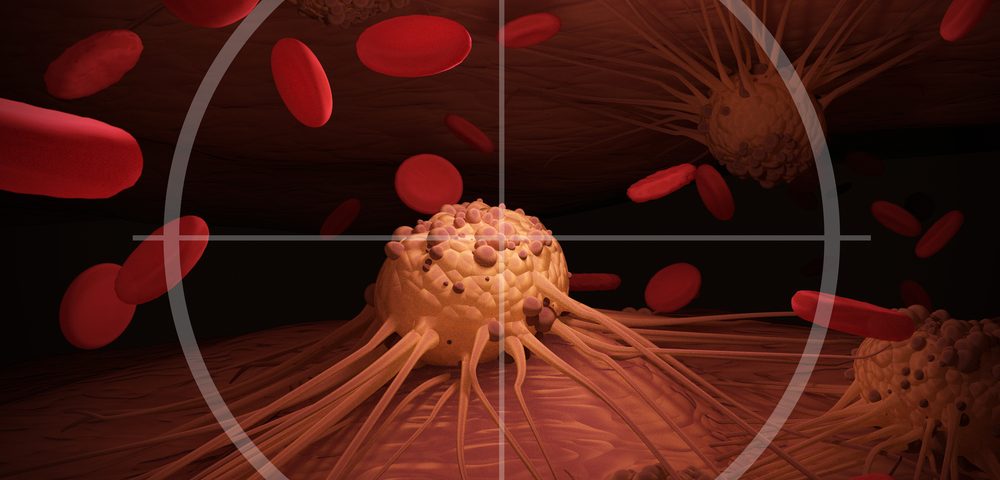Understanding the ‘social network’ of genes — how they interact with each other — may help scientists in both normal conditions and in diseases like cancer.
Researchers developed a new computer algorithm called ALPACA to understand how genes work together in a cancer cell. This knowledge may one day lead to the development of more efficient therapies for cancers such as lymphoma.
The study, “Detecting phenotype-driven transitions in regulatory network structure,” was published in the journal Systems Biology and Applications.
With the advent of human genomics, scientists studying cancer are aware that they need to understand the complex traits of gene crosstalk — i.e., how genes work together and how changes in their communication may prompt cancer initiation and development.
However, switching from tracking individual genes to whole gene networks is easier said than done, because the networks can be composed of thousands of connections.
“To make a map that humans can understand, scientists need computers to figure out the subtle ways in which this ‘hairball’ goes awry in tumor cells,” Megha Padi, PhD, director of the UA Cancer Center Bioinformatics Shared Resource, said in a press release.
So, being able to track how genes communicate with each other and how their “conversations” may change in time may provide clues for cancer research. This can be done with the tools originally developed for studying social networks.
“A classic example is a phone network,” Padi said. “I’m calling my mom, my mom may be calling my sister, my sister’s calling me, and I may call you, but you won’t call my mom. Natural communities are formed, like your work community and family community.”
“In the same way, we see that gene regulatory networks form communities. The pattern of ‘conversations’ within the communities change between healthy and diseased individuals,” said John Quackenbush, PhD, director of the Center for Cancer Computational Biology at Dana-Farber Cancer Institute, who is also an author of the study.
“ALPACA is the first method to understand how the cell’s ‘social network’ is reorganized in disease, which might provide clues how cancer forms,” he added.
Researchers hope that ALPACA may help identify gene networks fueling resistance to current cancer therapies, known as chemoresistant tumors. Comparing the gene networks from these tumors with those responding to chemotherapy – chemosensitive tumors – may pinpoint new targets for the development of new therapies.
“Network scientists usually ask questions like how information is being spread through Twitter or other communication channels,” Padi said. “We’re asking completely different questions, like how networks function in different types of tumors. This type of research is rare because not many people work on both those fields at the same time.”


